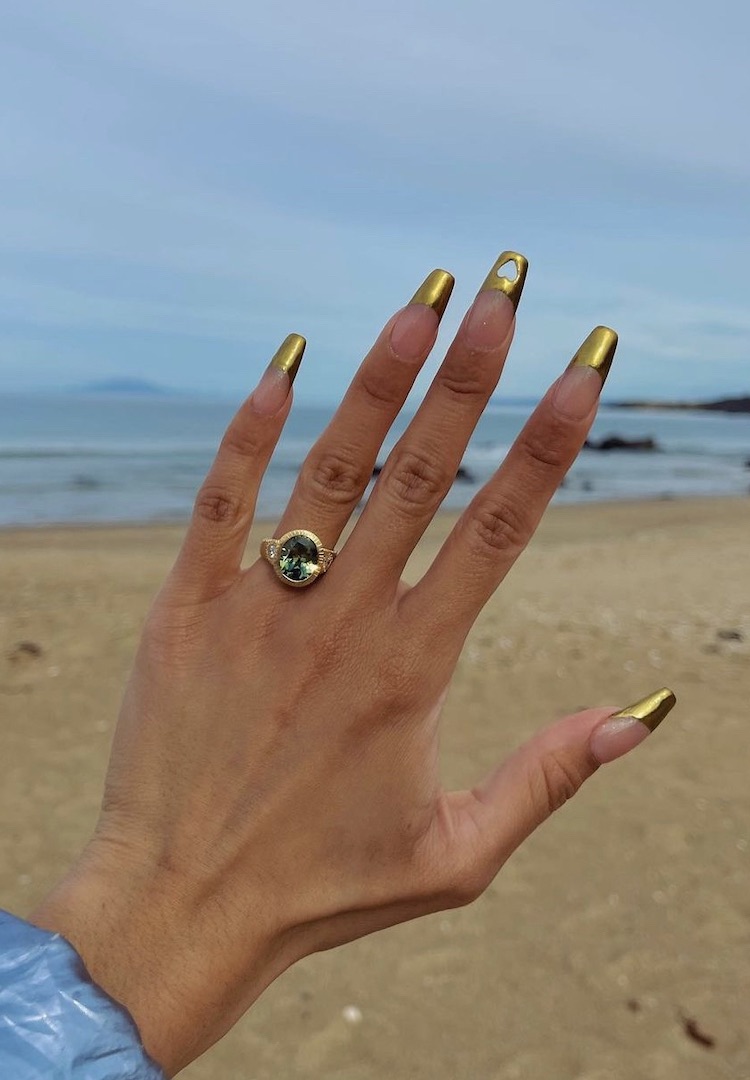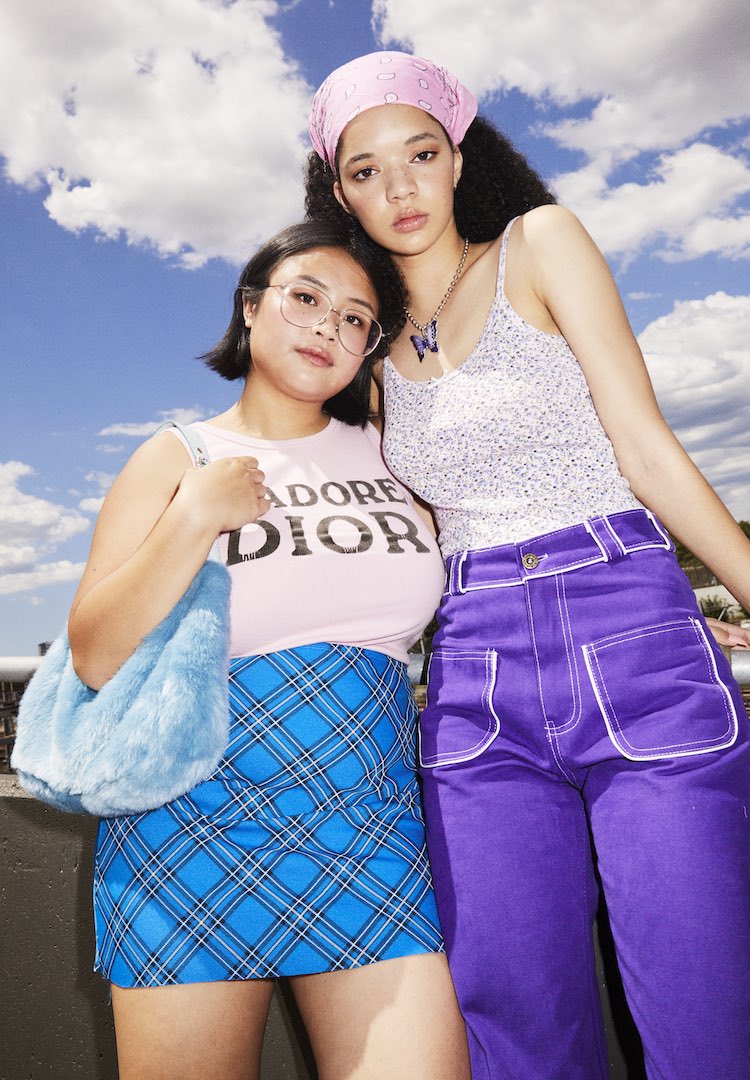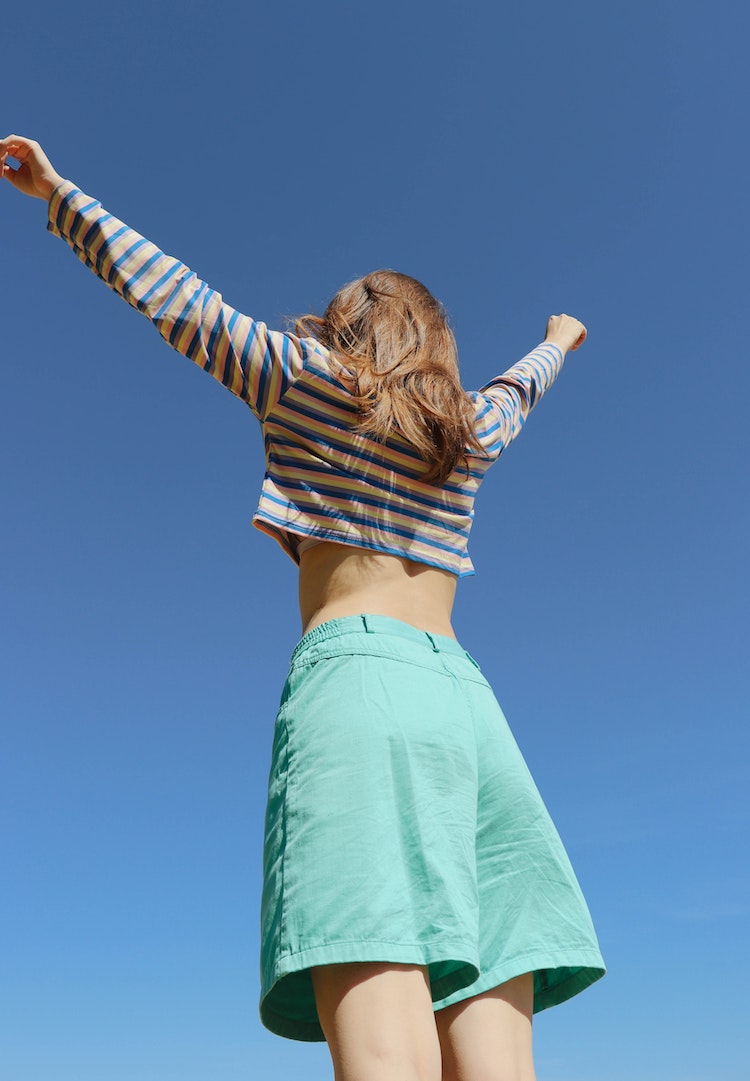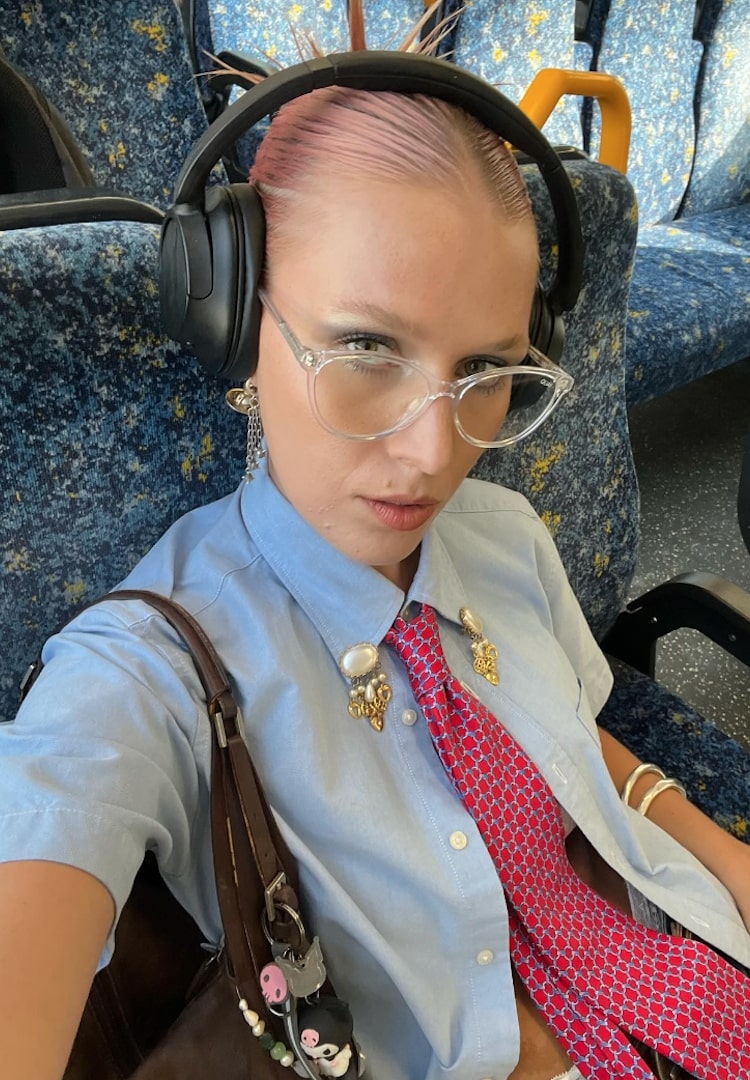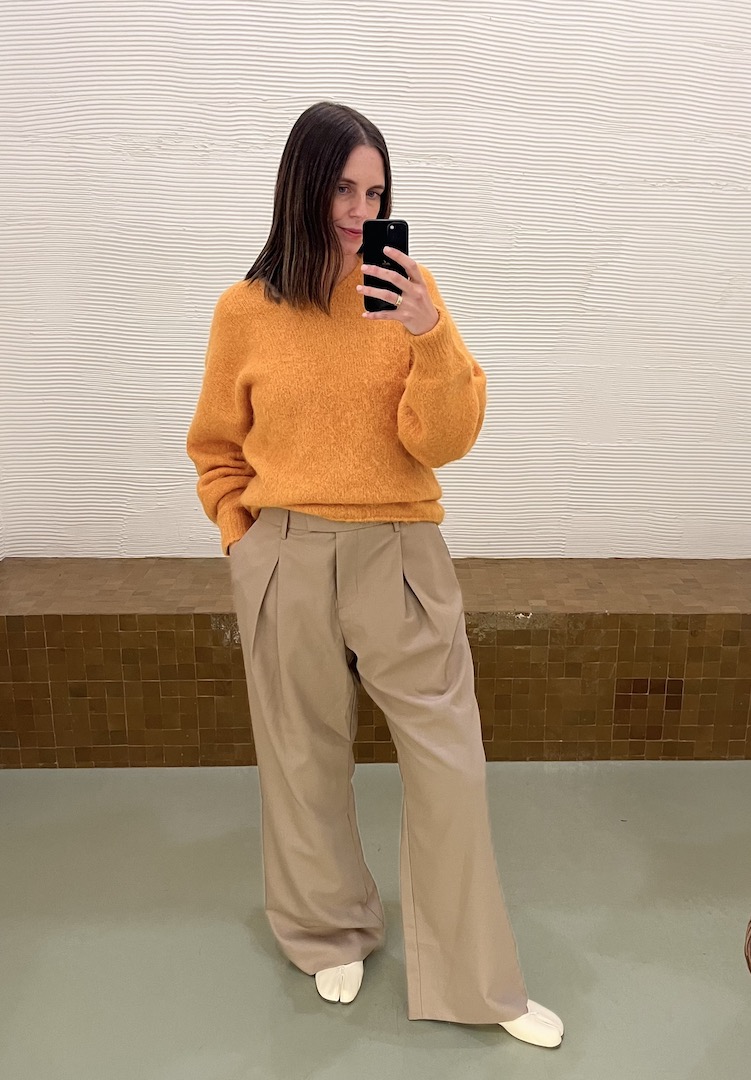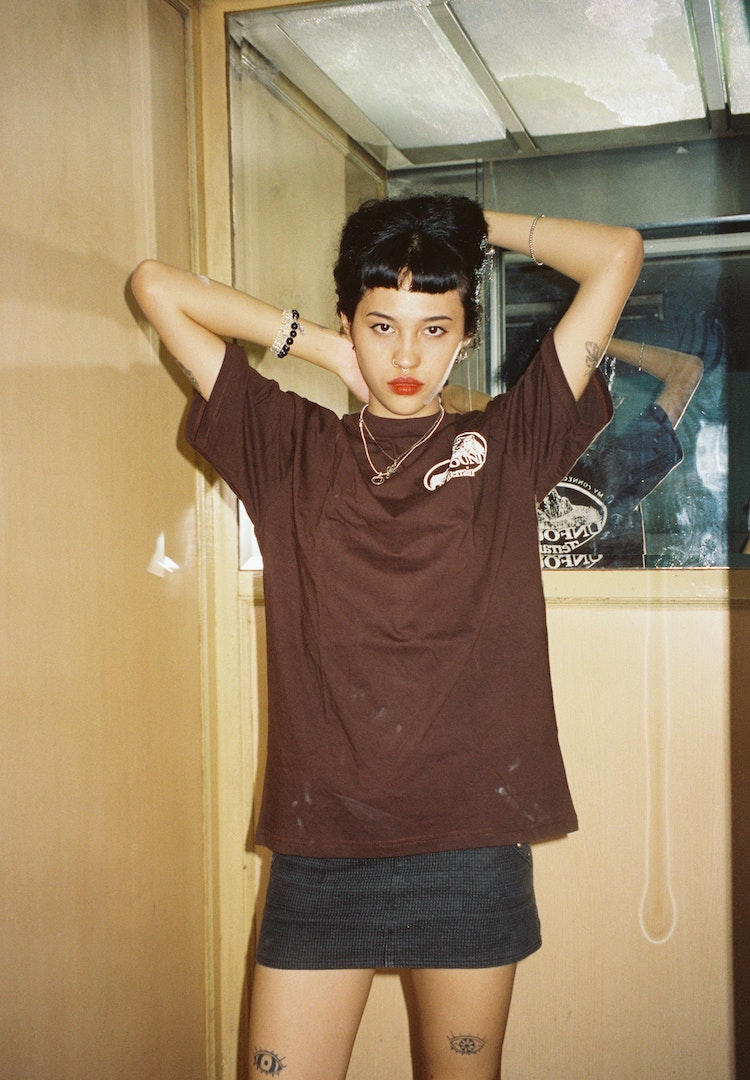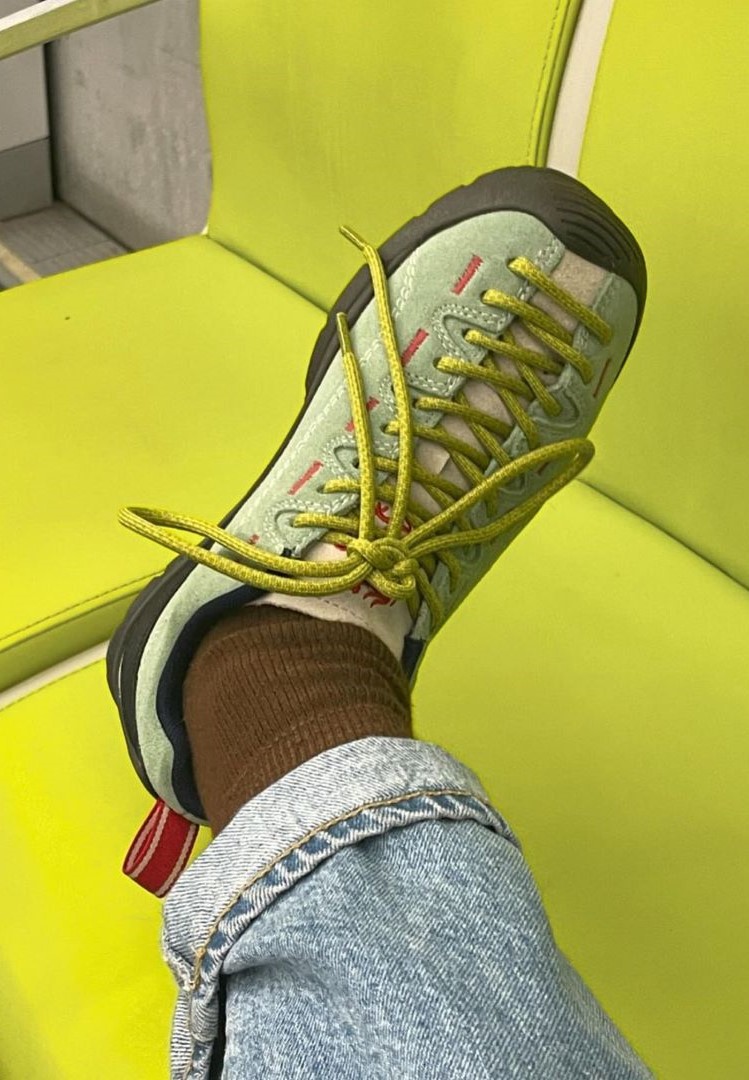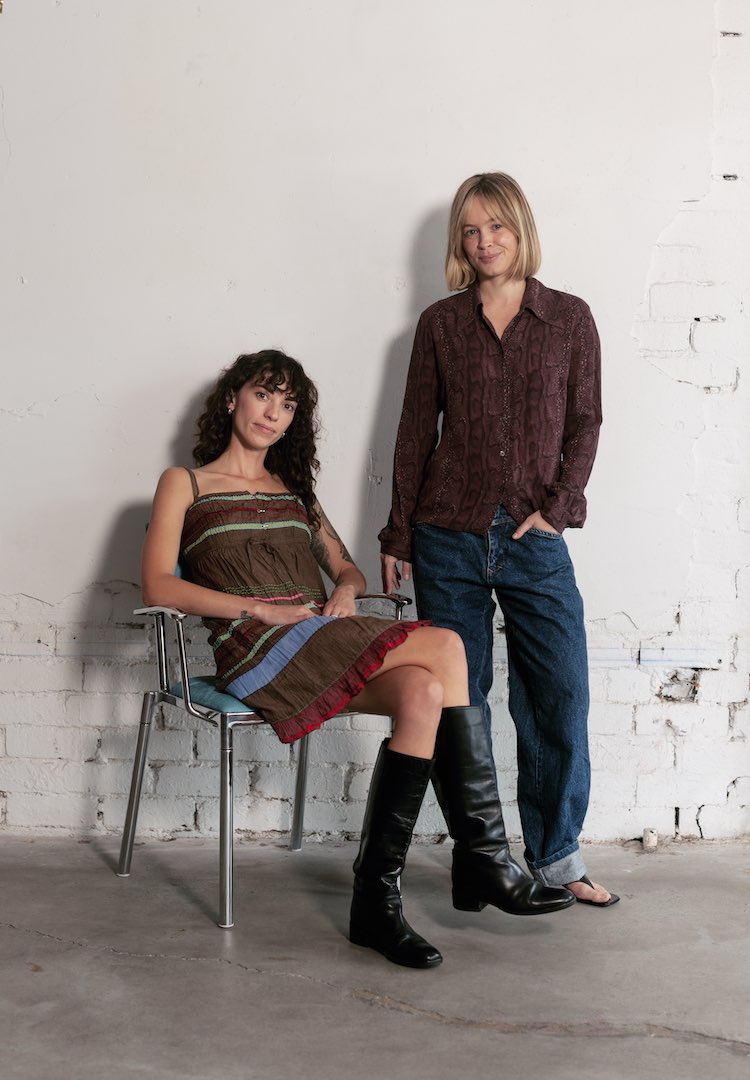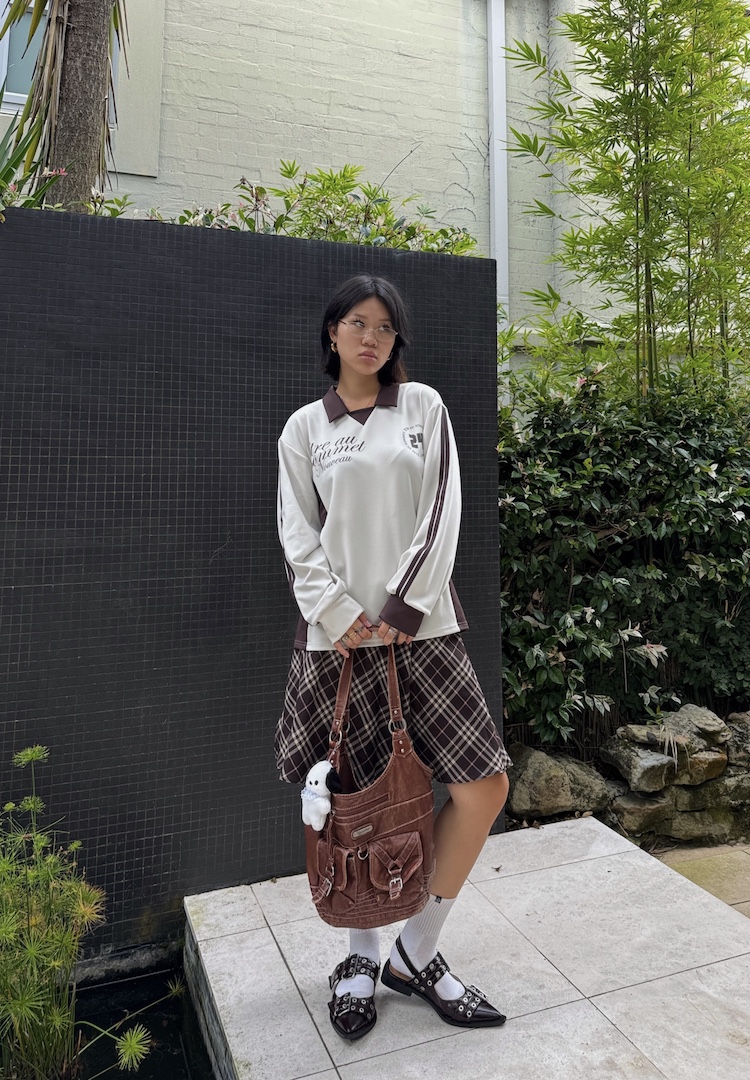How does Depop work?
MODELS – STASIA AND PREMIUM ZOO
WORDS BY MAGGIE ZHOU
Side hustle, activated.
Whether you’re trying to reduce your carbon footprint, or trying to scour the web for unique garments, you’ve probably come across Depop. With its striking red branding and trendy, stretched font, Depop is making circular fashion cool and accessible to a new online generation.
This fashion marketplace has already captured the attention of entrepreneurs successfully turning their side gig into full-time businesses, and of fashion-forward consumers propelling microtrends into popularity.
- Depop was first launched in 2011
- The app currently boasts over 35 million registered users
- 90 per cent of its users are under the age of 26
If you’re unfamiliar with Depop, here’s a guide to help you wrap your head around this style haven and learn the tips and tricks of the trade – or else, you might just end up on the Instagram account @depopdrama.
What is Depop?
Depop is a tech-fashion app that connects a global community of buyers and sellers. Defined by innovation, diversity and sustainability, Depop is a community-driven marketplace that combines the familiarity of social media with the structure of reselling platforms. Founded in 2011, Depop is growing rapidly.
Depop estimates that one in four 15 to 29-year-olds are Depop users. Globally, 90 per cent of its 20 million user base is under the age of 26. It’s an app that has become synonymous with digital native Gen Zs.
How do you discover the best finds?
There are several ways to go about hunting for goods. Depop has recently updated its interface, so instead of a Discover page which mimicked Instagram’s Explore page, users now have a more personalised experience.
Check out its ‘Sellers to Watch’ tab which recommends individual stores to you. In its ‘My DNA’ page, you can upload your sizes and style interests, from which the algorithm will pull suggestions from into a ‘style edit’. On the same page, you’ll have access to all your liked, saved and previously clicked on listings. Like a well-dressed Big Brother, Depop is always watching.
Its search section categorises items in subheadings like art, kids, sports equipment and books, expanding from its fashion selections.
If you have a specific item in mind, make use of Depop’s search bar. Try searching for a piece multiple times using various terms. For instance, if you were looking for a sweater, also search up sweatshirt, jumper and pullover.
What do these acronyms mean?
Like Facebook resell groups, there’s a lot of lingo to make sense of. Here’s an abbreviated Depop dictionary for your next online haggle sesh.
Bundle = When a buyer purchases two or more items from the same seller at once, often at a discount
Trade = Exchanging product for product without payment
PM/DM = Private Message/Direct Message
NIS = Not Including Shipping
ISO = The seller is In Search Of the item, instead of selling
BNWT = Brand New With Tags
BNNW = Brand New, Never Worn
How do you create a listing?
After downloading the Depop app and creating your account, hit the camera icon in the bottom bar where you’ll be able to set up your shop. Here you’ll add an image or logo, write a description, link to your social media, connect your PayPal account and input your billing information.
When creating a listing, you’ll need to upload imagery and a description – but keep scrolling for tips on both of these. Input your location, what category the item falls under, what condition it’s in and the price.
There’s a nifty draft section too, so no need to finish up a listing all at once. You can even make use of Depop’s ‘copy a previous listing’ function to save time. To ensure your item is ranked higher when searched, go ahead and tag what colour and style it is. The more information, the better.
And if you’re new to the game and not too sure what will sell well, Depop’s best-selling categories include streetwear, vintage, Y2K and pre-loved wardrobe basics and its most popular brands are Nike, Adidas, Champion and Brandy Melville.
What should you include in your description?
Nailing your product description is a super important way of attracting customers; naturally, Depop confirms that items with well-written descriptions sell quicker. Having consistent descriptions across your items makes it easier for your potential customers to virtually shop and instils more trust and confidence in you as a seller (aka it looks like you know what you’re doing).
Include as much information about the item as you can in under 100 words. Aria Wigneswara, Depop’s country manager, encourages storytelling. “Make sure that your descriptions are really detailed, make sure you’re communicating the ‘why’ behind the item – people really buy into a story,” she tells us.
Transparency is key here, don’t try to cover up any defects or flaws. If the item is worn or vintage, look for any imperfections and include them in your listing. This will also help you avoid refunds if a buyer says they’ve received a product not as described.
As sizing varies from different countries and time periods, it’s also best to include the measurements of your pieces – it shows that you’ve put time and care into your listings.
How should you take your photos?
In each listing, you can insert up to four images and one video. A mixture of model shots, flat lays, styling tips and close-ups work best. Variation will more accurately show the fit, materials, quality and any flaws there may be.
Depop suggests shooting in natural light and with simple backdrops and to avoid harsh shadows, flash photography and messy backgrounds. Choose flat lays over hanger shots, as this makes your item up to 60 per cent more likely to sell.
Stock images aren’t allowed on Depop due to copyright rules and will most likely be removed. For more tricks of the trade, take a look at Depop’s Seller Handbook.
What cut does Depop take?
While having a Depop account as a seller and as a buyer is free, Depop takes a 10 per cent cut of the total transaction amount (including shipping) of each item sold.
You won’t directly see this come out of your bank account as it will automatically be taken from your PayPal account or card before the remaining funds are paid out to you. PayPal also takes a transaction fee of 2.9 per cent. Some sellers offer to settle a transaction outside of the Depop app to forego these additional costs but be wary as this often drops your PayPal Buyer Protection.
To find out more about Depop, head here.

